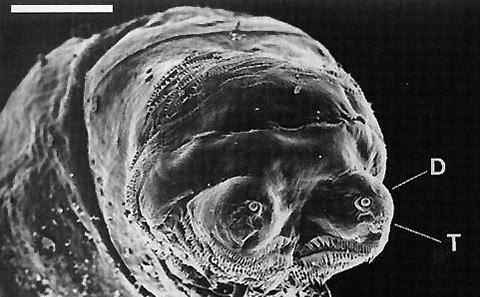Cracking the olfactory code in Drosophila larvae Seminar

- Time:
- 13:00 - 14:00
- Date:
- 4 February 2014
- Venue:
- Building 7 Room 3027
For more information regarding this seminar, please telephone Kim Lipscombe on 02380 597747 or email K.R.Lipscombe@soton.ac.uk .
Event details
Cathy obtained her first degree in Natural Sciences (Zoology) at the University of Cambridge followed by a doctorate in invertebrate neurobiology at the University of Sussex. Her first appointment was as lecturer in the Department of Zoology at the University of Manchester and she is currently Professor in Comparative Neurobiology in the Faculty of Life Sciences. The underlying theme of her research is neuronal coding and plasticity in motor and sensory systems of invertebrates and lower vertebrates. Cathy has spent three periods of sabbatical leave at the University of Illinois at Urbana-Champaign, studying neural correlates of motivational state in molluscs.
From 2007-2011 Cathy was Associate Dean for Postgraduate Research in the Faculty of Life Sciences. This was followed by a 2-year appointment as Associate Dean for Teaching, Learning and Students, with responsibility for undergraduate and taught masters programs in Life Sciences. She is currently Section Head for Disease Systems.
Cathy is a Fellow of the Society of Biology.
Cracking the olfactory code in Drosophila larvae
- The larval olfactory system provides a simple model in which to explore the peripheral sensory code
- The system uses a combinatorial code to discriminate many odours using few olfactory sensory neurons
- The code has a probabilistic component and exploits both intensity and temporal aspects of odour/OSN responses
The peripheral olfactory system of Drosophila larvae comprises just 21 unique pairs of olfactory sensory neuron (OSN). Yet the larva can detect and discriminate many more pure odours. We have used genetic, behavioural, electrophysiological and computational approaches to describe and explore the combinatorial code. The code has a probabilistic component owing to the unreliability of some OSN/odour responses. However, some single OSNs alone can detect and discriminate odours using both spike number and temporal pattern of the response. Optogenetic stimulation of a single OSN to mimic the response to an odour shows that differences in the temporal pattern of firing can be used to drive behaviour.
Speaker information
Professor Cathy McCrohan, University of Manchester. .